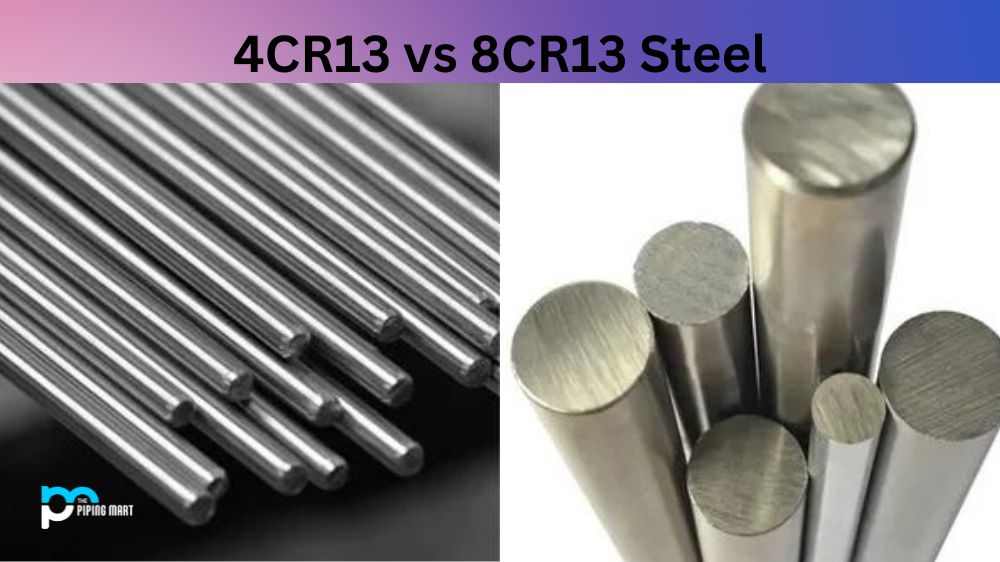Welding a pipe fence can be daunting, especially if this is your first time doing it. But with the right tools and know-how, it’s quite simple. Let’s dive into welding pipe and how to create an aesthetically pleasing pipe fence for your property.
Gathering the Right Tools for the Job
Before you begin welding, you must have all the necessary tools. This includes a welder (preferably a MIG or TIG welder), safety glasses, welding gloves, metal clamps, metal cutting saw, grinding wheel, drill bit or hole saw to make holes in the pipe for mounting posts and gates, marking pen or marker tape to mark cuts and welds, and of course high-quality steel pipes and fittings. Once you’ve gathered all these items together in one place, you can move on to the next step—cutting the pipes.
Cutting The Pipes To Size
Once you have all your materials assembled in one place, it’s time to cut the pipes according to your desired length. Measure twice before cutting once! Use a metal cutting saw to ensure that each cut is precise and clean. After each cut, use your grinding wheel to smooth out any rough edges left behind by the saw blade. Make sure that all pieces are uniform before moving on to welding them together.
Welding Together The Pieces
Now comes the time for welding! Start by setting up your welder according to its manual user instructions, so it is ready for operation when needed. Secure each piece of pipe with clamps or vices so they won’t move during the process. Now weld each joint according to the manufacturer’s instructions by laying down bead after bead until everything is joined together securely. Be sure not to overheat any area as this can lead to warping or cracking of metals due to thermal expansion/contraction processes induced by heat input from the welding torch/gun tip. After all, the welds have been completed successfully, use a grinding wheel again if necessary for smoothing out any rough edges left over from the welding process itself, then clean off surface rust with a wire brush or grinder attachment if needed before painting/powder coating finished product per customer specifications, etc.
Conclusion:
With proper preparation and knowledge of the basic principles of welding steel pipe in combination with quality tools & supplies, anyone can become proficient at creating aesthetically pleasing yet very durable pipe fences that stand up against even the toughest environmental conditions over time! By following these steps carefully, you are sure to end up with an attractive & sturdy fence that will last many years under normal wear & tear conditions, thus providing the security & peace of mind that comes with having well-built surrounds around your home or business property alike! Good luck & happy weldin’!
Sakshee is a talented blogger, with a particular focus on the Business and Metal Industry. She is passionate about sharing her insights on various metal products and helping professionals to make a better decisions.




